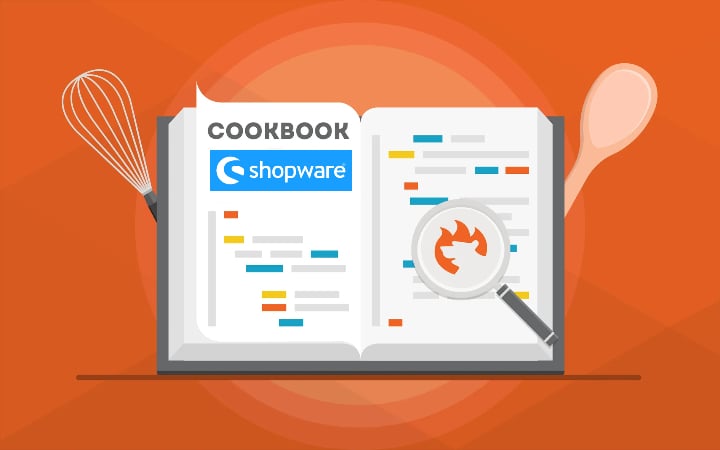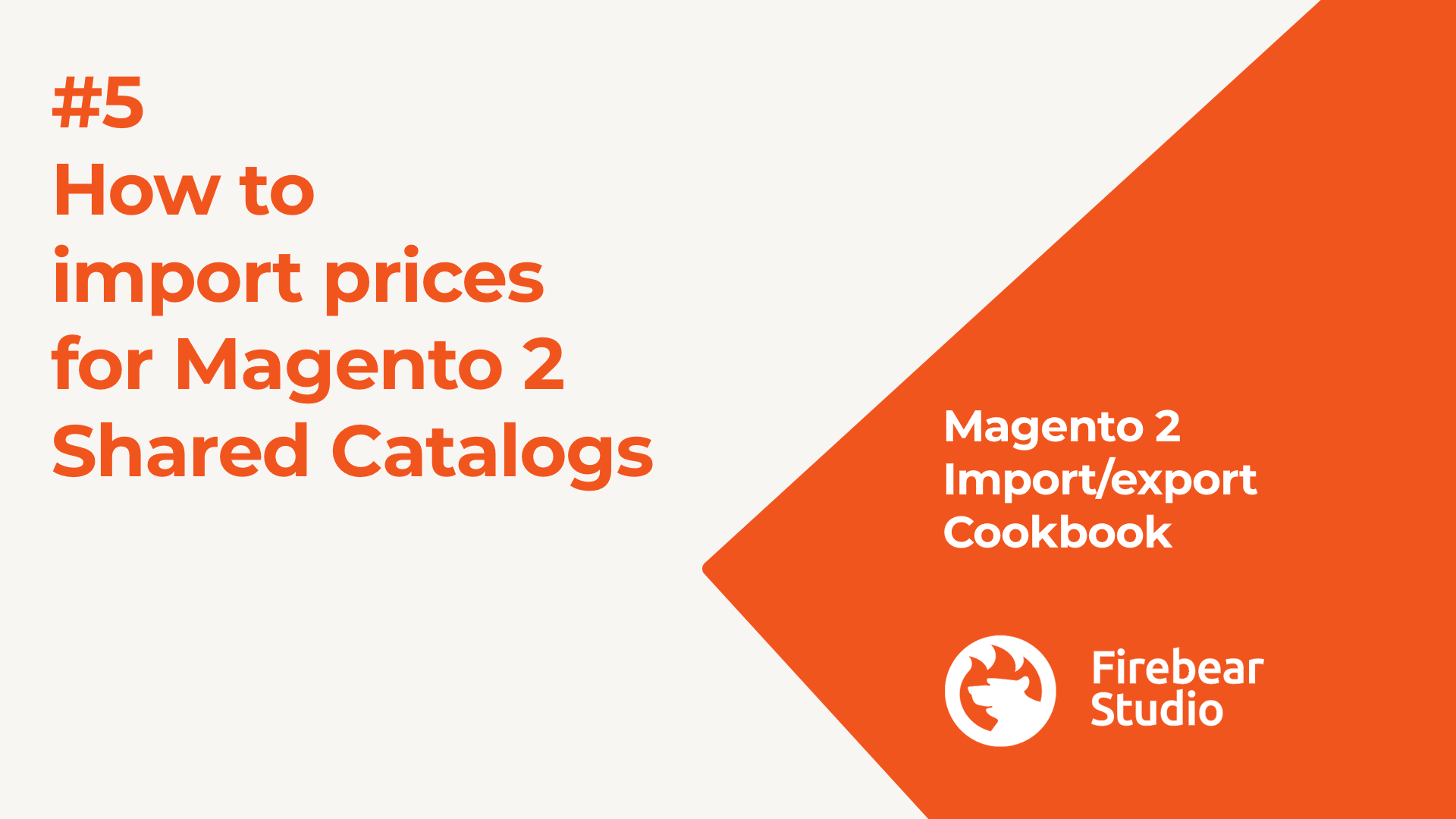How To Create Scheduled Tasks In Shopware 6

Below, we explain how to optimize your daily workflow, reduce system load, and gain extra productivity with your daily duties in Shopware 6. We dive deep into Shopware scheduling, explaining how to configure scheduled tasks for periodic execution. The system lets you schedule various processes, redistributing load more efficiently between your administrators and over time. You will also discover the role of messenger queue server-controlled processing. After that, we will proceed to scheduling import and export processes in Shopware 6. You can find more Shopware tutorials here. Continue Reading

